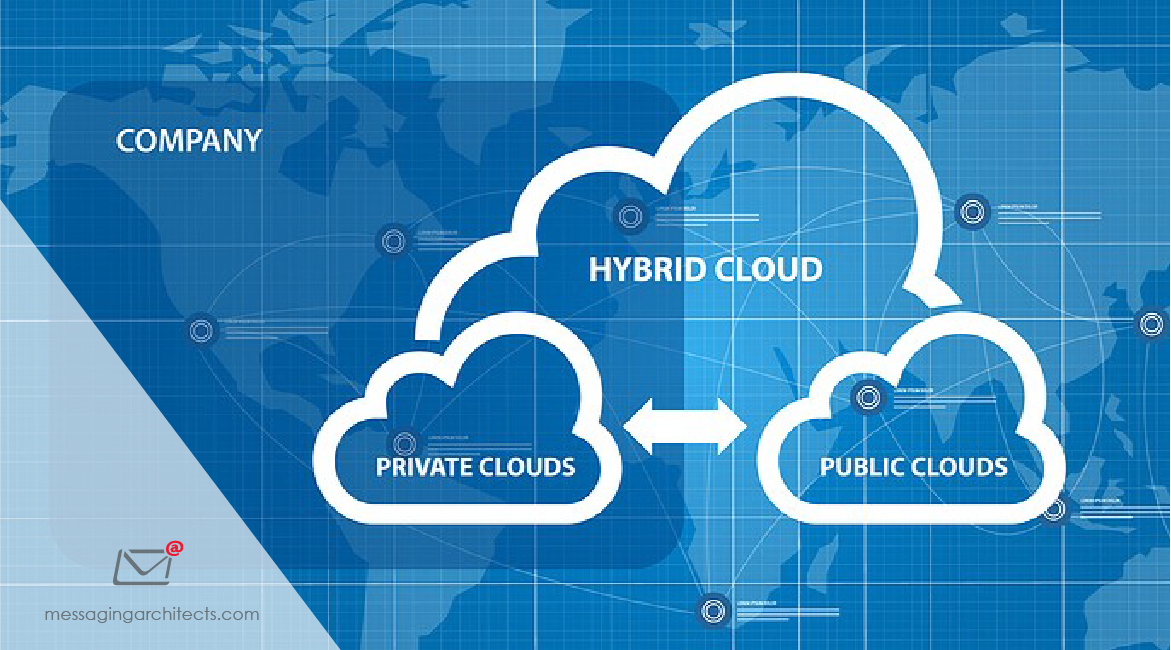Why is Azure Migration Important in Cloud Computing and How Can Businesses Unlock the Benefits?
More than simply a technical shift, migration to a cloud platform like Azure represents a strategic move that drives growth and innovation. Access to powerful tools and improved security make Azure migration important in cloud computing. But a carefully planned migration process proves essential to unlocking key benefits. Over the past decade, Microsoft Azure has emerged as a leading platform for cloud computing. By providing a comprehensive suite of features and services, it allows organizations to manage applications in multiple environments. Further, it provides access to the tools and framework that empower companies to create innovative solutions and remain competitive.










